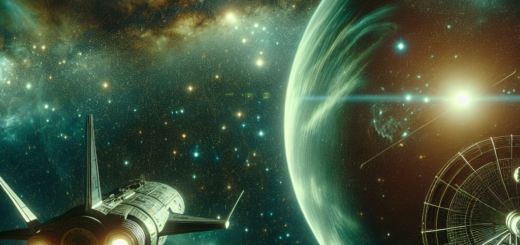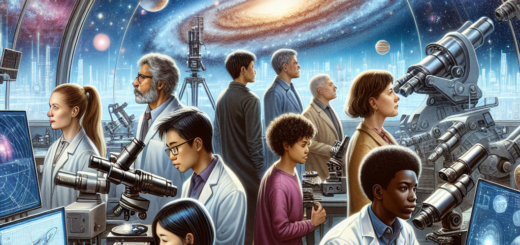Dystopian Visions: How Authors Create Terrifying Worlds That Resonate with Readers
Dystopian literature has long been a popular genre, capturing the imaginations of readers with its bleak and terrifying visions of the future. From George Orwell’s 1984 to Margaret Atwood’s The Handmaid’s Tale, authors have created worlds that are both chillingly realistic and deeply unsettling.
One of the key elements of dystopian literature is the creation of a world that feels eerily familiar, yet fundamentally altered. Authors often take current societal trends and push them to their extreme conclusions, showing readers a world that is both recognizable and terrifyingly different. This sense of familiarity can make dystopian worlds feel all the more unsettling, as readers are forced to confront the ways in which their own society could potentially spiral out of control.
Another important aspect of dystopian literature is the exploration of power dynamics and control. In many dystopian worlds, a small group of individuals or organizations hold all the power, while the rest of society is oppressed and exploited. This theme of power and control resonates with readers on a deep level, as it reflects the very real struggles that many people face in their daily lives.
Dystopian literature also often features themes of surveillance and censorship, reflecting the ways in which modern technology can be used to monitor and control individuals. Authors like Orwell and Atwood have explored the ways in which surveillance can be used to oppress and manipulate people, creating worlds in which privacy is a thing of the past and freedom is a distant memory.
Ultimately, what makes dystopian literature so powerful is its ability to hold up a mirror to society and show readers the potential consequences of our actions. By creating worlds that are both terrifying and all too familiar, authors are able to provoke thought and encourage readers to question the world around them. In doing so, dystopian literature serves as a powerful tool for social commentary and critique, reminding us of the importance of vigilance and resistance in the face of oppression.
In conclusion, dystopian literature has a long and storied history of creating terrifying worlds that resonate with readers. By exploring themes of power, control, surveillance, and censorship, authors are able to create worlds that feel both chillingly realistic and deeply unsettling. Through their work, they challenge readers to confront the ways in which society can spiral out of control, and to consider the consequences of our actions. In doing so, dystopian literature serves as a powerful reminder of the importance of vigilance and resistance in the face of oppression.













